- Why Scientists Track Atmospheric Carbon With Giant Towers - October 7, 2025
- The Link Between Melting Ice and Rising Sea Levels Explained - October 6, 2025
- How Ocean Currents Help Regulate Global Climate - October 5, 2025
Understanding Climate Tipping Points
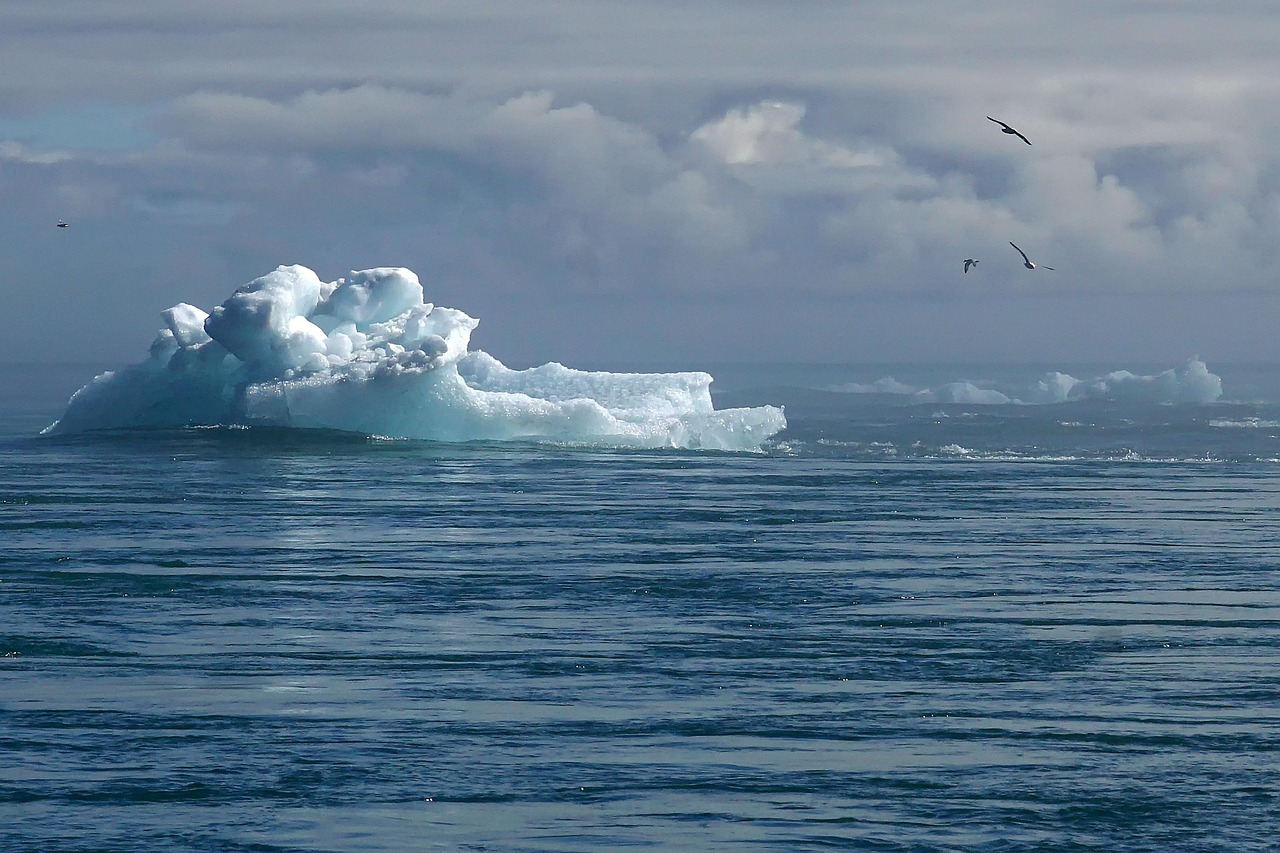
Climate tipping points refer to critical thresholds in the Earth’s system, beyond which significant and often irreversible changes occur. These include the collapse of major ice sheets, abrupt thawing of permafrost, and die-off of coral reefs. Crossing these thresholds can lead to cascading effects, amplifying global warming and its associated impacts. For instance, the thawing of permafrost releases methane, a potent greenhouse gas, further accelerating climate change. Recognizing and understanding these tipping points is essential for formulating effective mitigation strategies.
Current Emission Trends and Projections
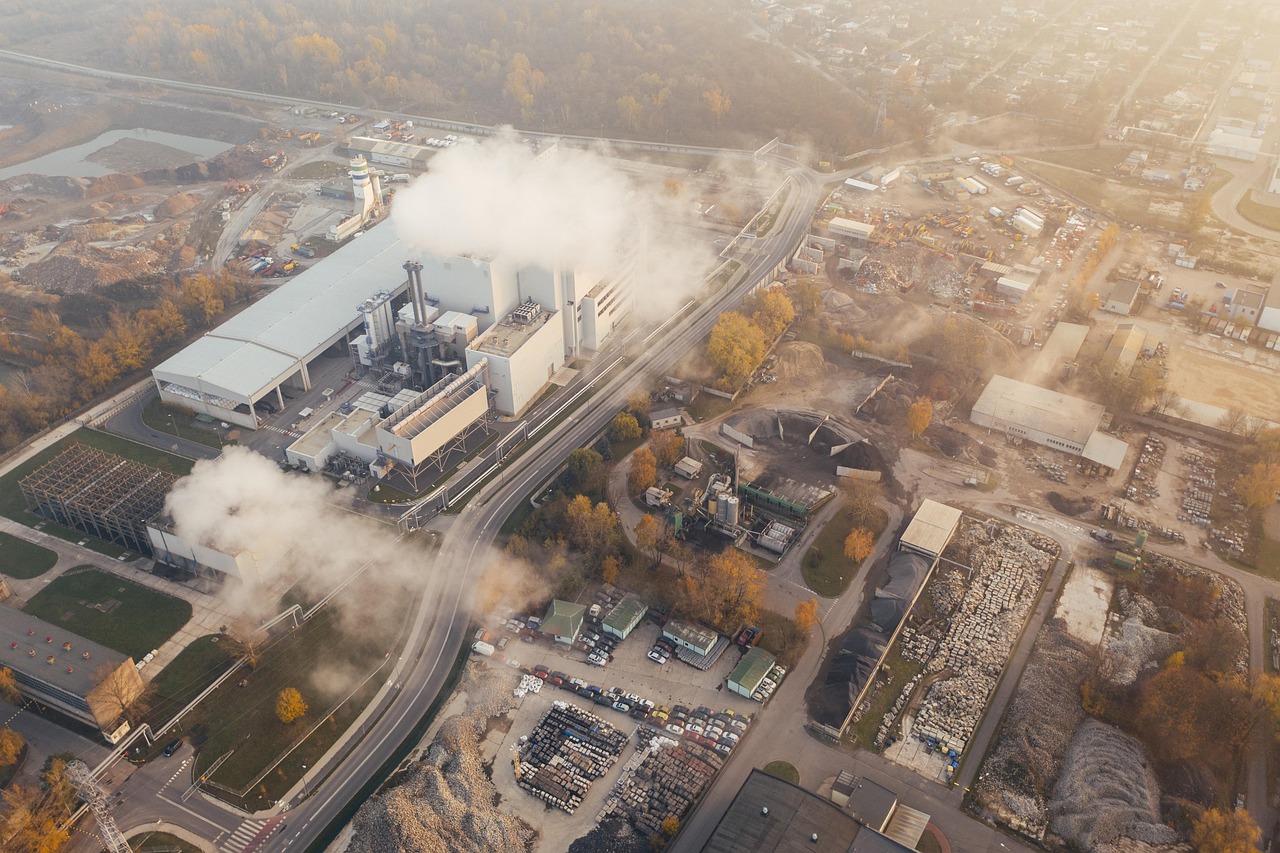
Despite international agreements and national pledges, global greenhouse gas emissions continue to rise. The United Nations Environment Programme’s 2023 Emissions Gap Report indicates that, under current policies, the world is on track for a temperature increase of 2.5 to 2.9°C by the end of the century. This trajectory significantly overshoots the Paris Agreement’s goal of limiting warming to well below 2°C, preferably 1.5°C. The gap between current emission levels and the reductions needed to meet these targets highlights the insufficiency of current efforts and the necessity for more aggressive action.
The 1.5°C Threshold: A Critical Limit
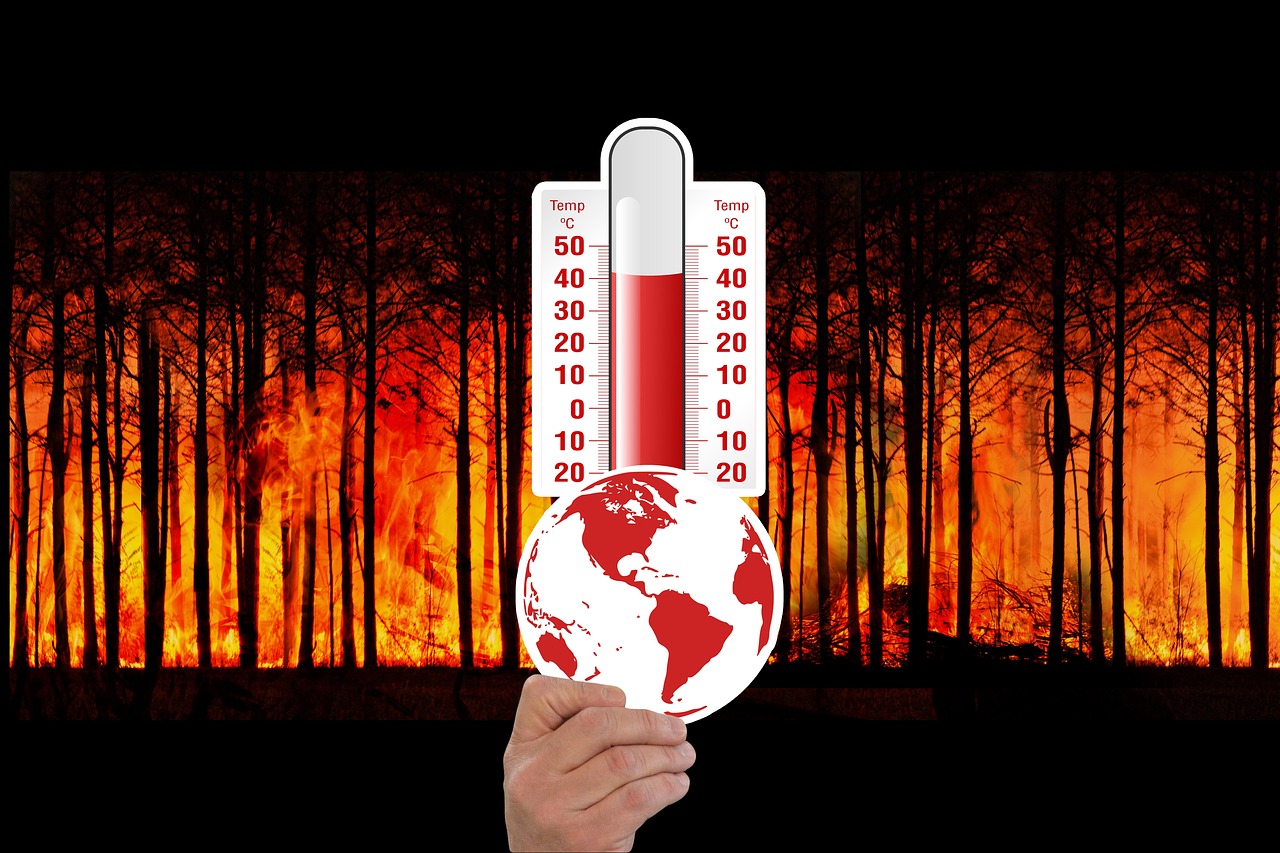
The 1.5°C warming limit is not arbitrary; it represents a boundary beyond which the risks of severe climate impacts increase substantially. Exceeding this threshold heightens the likelihood of triggering multiple climate tipping points, such as the disintegration of the Greenland and West Antarctic ice sheets, leading to significant sea-level rise. Additionally, surpassing 1.5°C could result in more frequent and intense extreme weather events, threatening ecosystems, food security, and human health. Maintaining global temperatures within this limit is crucial to avoid these dire consequences.
Renewable Energy: A Positive Tipping Point

The transition to renewable energy sources has reached a positive tipping point, characterized by falling costs and widespread adoption. In 2024, renewables accounted for 74% of global electric power growth, with solar and wind energy becoming more cost-effective than fossil fuels. This shift not only reduces emissions but also offers economic benefits, such as job creation and energy security. However, to capitalize on this momentum, supportive policies and investments are essential to accelerate the deployment of renewable technologies, especially in developing regions.
Challenges in the Oil and Gas Sector
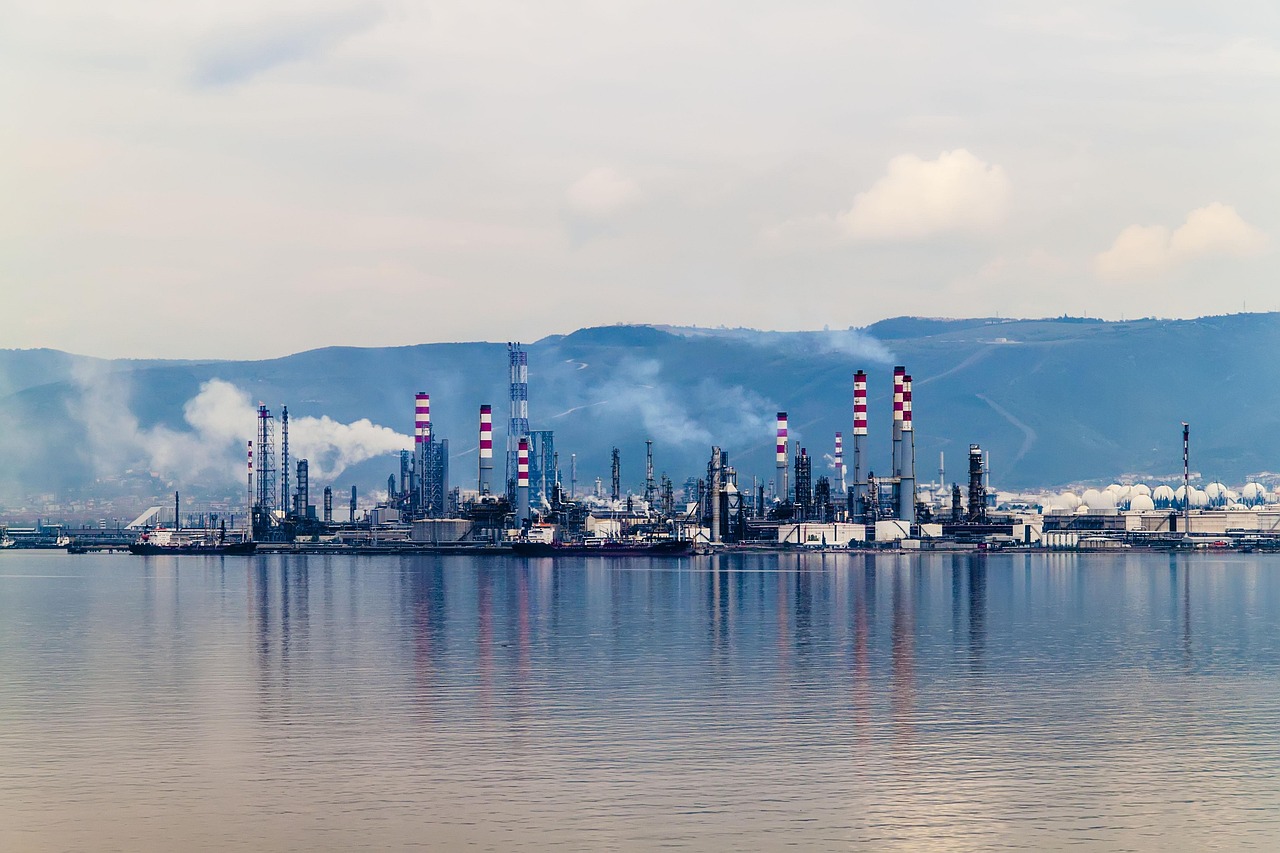
Efforts to establish net-zero emissions standards in the oil and gas industry have faced setbacks. Major companies like Shell have withdrawn from initiatives aimed at setting these standards, citing disagreements over proposed regulations. This resistance underscores the challenges in aligning the fossil fuel industry with global climate goals. Overcoming these obstacles requires robust policies, stakeholder engagement, and a clear roadmap for transitioning to sustainable energy practices.
Impacts of Exceeding 1.5°C Warming
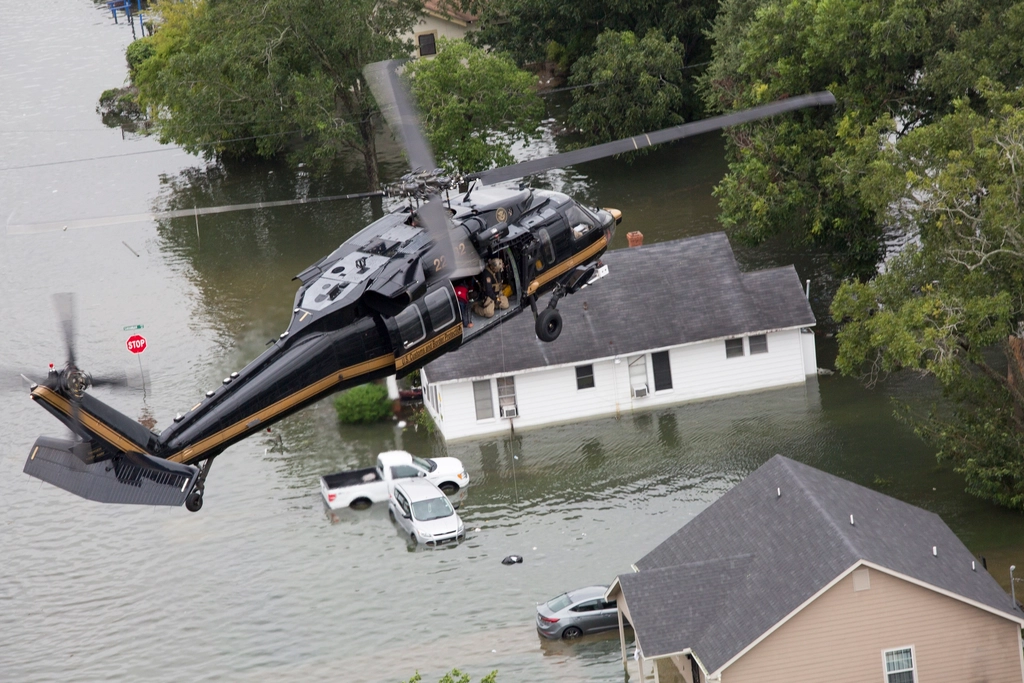
Surpassing the 1.5°C warming threshold poses severe risks, including the potential collapse of major ice sheets, leading to catastrophic sea-level rise. Additionally, it threatens the destruction of tropical coral reef systems, affecting the livelihoods of millions. The collapse of ocean currents could disrupt weather patterns, and widespread permafrost melt may release significant amounts of methane, further exacerbating global warming. These impacts highlight the critical importance of limiting temperature rise to prevent irreversible damage to the planet.
Policy Recommendations for Emission Reductions

To achieve the necessary emission reductions, policymakers are urged to implement regulatory mandates with specific timeframes. These include phasing out coal power by 2035 for developed countries and by 2045 for developing countries, requiring a rising proportion of heating appliance sales to be heat pumps from 2025, and mandating that all new car sales be zero-emission vehicles by 2035. Such mandates can trigger positive tipping points, accelerating the transition to a low-carbon economy. Additionally, aligning national and subnational net-zero actions and scaling up financing for the Global South are crucial steps toward achieving global climate goals.
The Role of Carbon Markets in Forest Conservation

Forests play a pivotal role in sequestering carbon and mitigating climate change. High-integrity carbon markets, endorsed by methodologies like VERRA’s VM48 and ART TREES, are essential for scaling forest protection. These markets can provide financial incentives for conservation efforts, helping to prevent deforestation and promote sustainable land use. However, ensuring the integrity and effectiveness of these markets requires robust monitoring, transparency, and equitable benefit-sharing mechanisms.
Technological Innovations and Carbon Removal

Achieving net-zero emissions necessitates not only reducing current emissions but also removing existing carbon from the atmosphere. Technological innovations, such as carbon capture and storage (CCS) and direct air capture, are critical in this endeavor. While these technologies hold promise, they require significant investment, research, and development to become viable at scale. Integrating these solutions with natural carbon sinks, like reforestation and soil management, can enhance their effectiveness and contribute to achieving climate targets.
Global Cooperation and Immediate Action
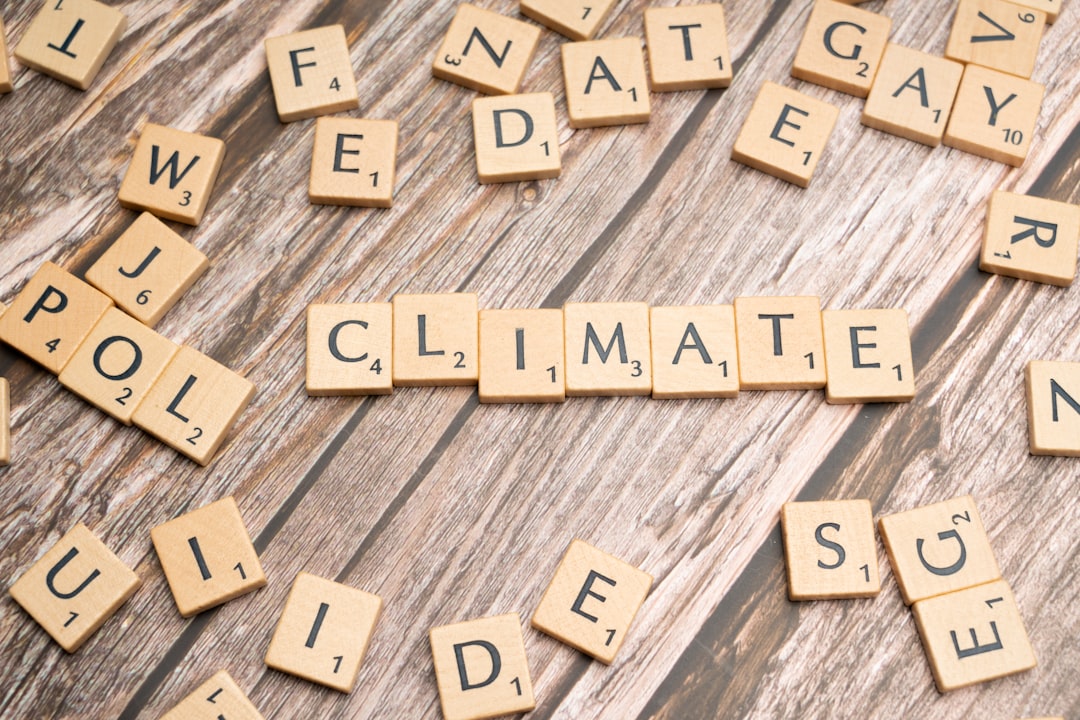
The window for effective climate action is rapidly closing. Global cooperation and immediate, decisive action are imperative to halve emissions by 2030 and avoid catastrophic tipping points. This includes implementing stringent policies, investing in renewable energy, promoting technological innovations, and supporting vulnerable communities. The collective efforts of governments, industries, and individuals are essential to secure a sustainable and livable future for all.
